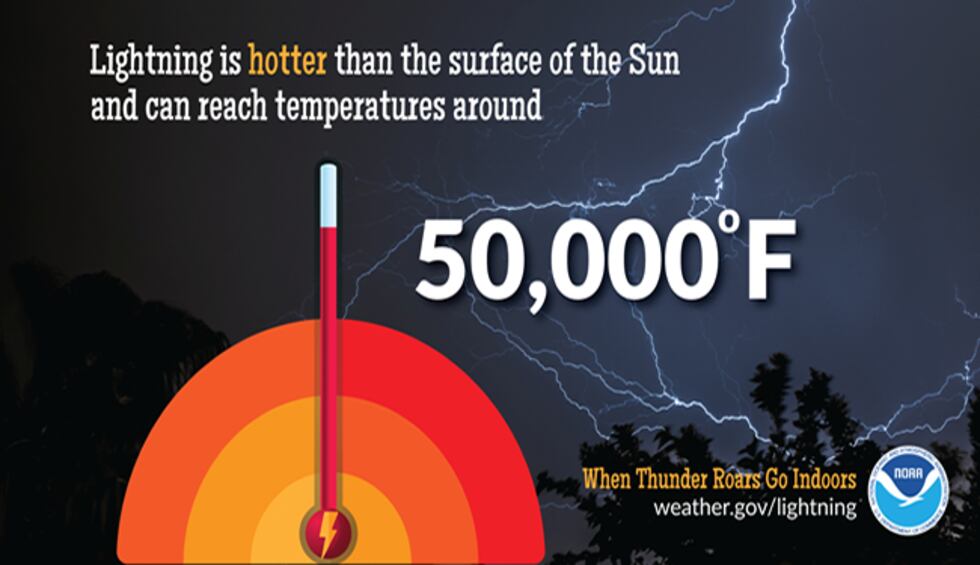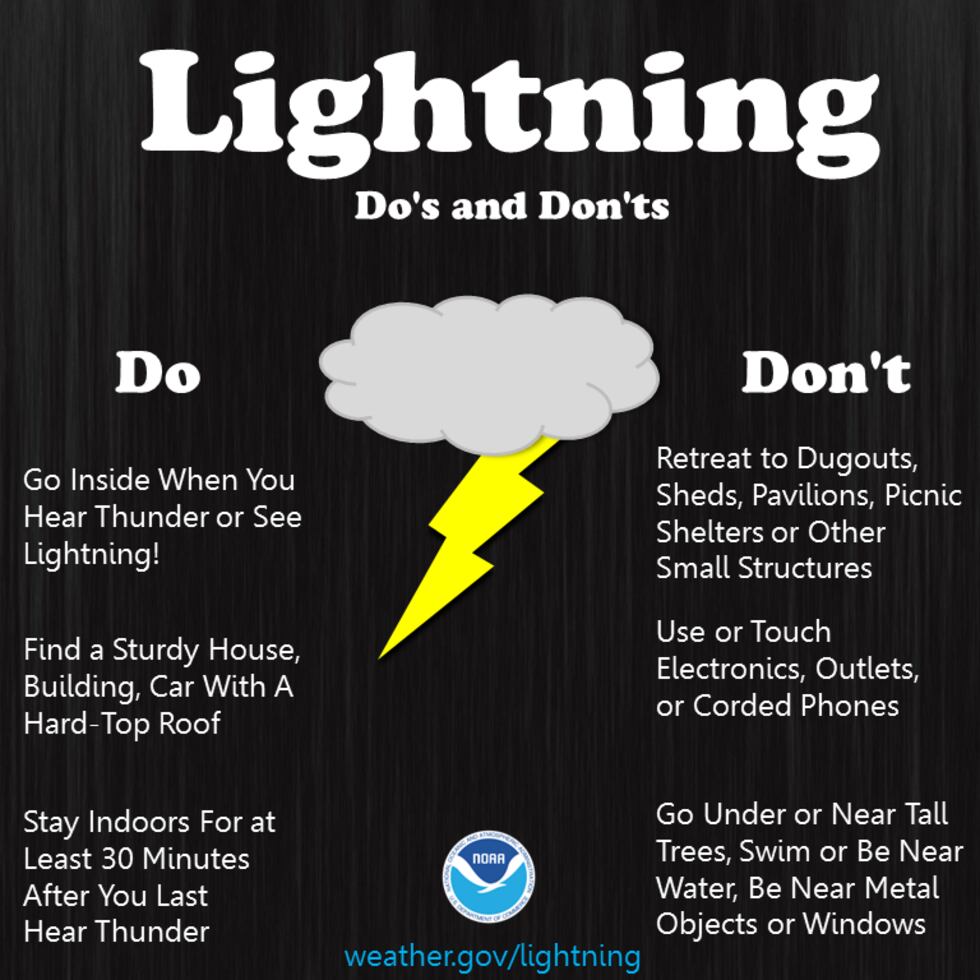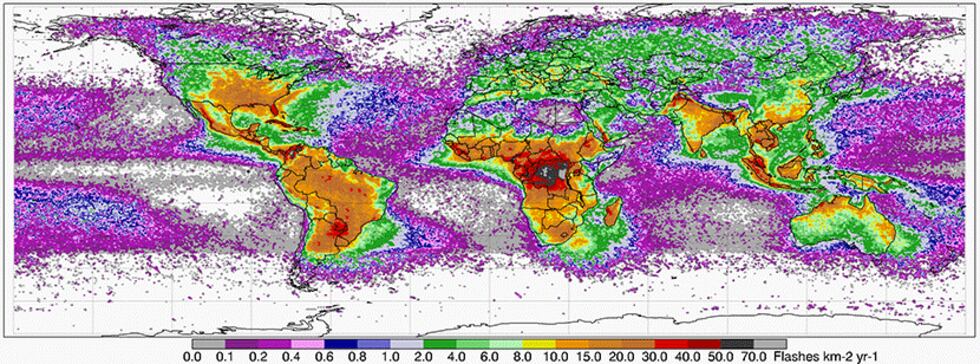Weather Blog: Severe Weather Preparedness Week, “Lightning Safety”

AUGUSTA, Ga. (WRDW/WAGT) - Georgia’s Severe Weather Preparedness Week continues and the fourth topic for the week is Lightning Safety.
The National Weather Service defines lightning as “A visible electrical discharge produced by a thunderstorm”. Lightning is 5 times hotter than the surface of the sun. Lightning strikes can not only be dangerous but deadly, on average 23 people in the United States die each year due to a lightning strike.

If you can hear thunder then you are close enough to be struck by lightning and need to move indoors.
Here are a few ways you and your family can stay safe when lightning strikes:
- When thunder roars go indoors
- Wait 30 minutes before returning outside after the last sound of thunder
- Avoid plumbing and metal conductors
- Stay away from windows and doors
- If caught outdoors avoid tall isolated trees or tall tower poles
- Stay away from bodies of water

A dug-out or covered patio is not a safe shelter from lightning. A car with a metal roof can be used as a shelter if a building is unavailable. Be sure to avoid touching anything metal while in the vehicle.
The most common time to encounter lightning is in the afternoon and evening during the spring and summer months. Note: Thunderstorms can happen any time of year and any time of day. The state of Florida sees the most lightning strikes per year out of the entire United States, central Africa sees more lightning strikes than anywhere else in the world.
Lightning can strike a person in five different ways according to the National Weather Service. Those five ways are:
- Direct Strike- a direct connection of lightning to a person. A portion of the current moves along and just over the skin surface (called flashover) and a portion of the current moves through the body--usually through the cardiovascular and/or nervous systems.
- Side Flash-when lightning strikes a taller object near the victim and a portion of the current jumps from the taller object to the victim.
- Ground Current- when lightning strikes a tall object and travels to the ground and along the ground’s surface.
- Conduction- lightning can travel well through metal. If lightning strikes a piece of metal it can travel through the metal and to a person.
- Streamers-the downward-moving leader approaches the ground.
Fatalities from lightning strikes are most common among males.

Copyright 2024 WRDW/WAGT. All rights reserved.














